
Post-Merge Optimization is Your Hotline for Greater Campaign Profits
Every marketer on the planet recognizes the value of merge-purge — no one would hit the mail without de-duplicating names, selecting the most cost-effective lead sources and keying-up test panels. It’s just good business.
Now marketers are learning that a solid performance model can deliver profit benefits that rival the power of merge-purge. The secret? Screening campaign lists after the merge, using a custom model to rank prospects for the behaviors most likely to increase overall profit.
Armed with this insight, marketers can proactively make profit-enhancing decisions about every campaign before deployment.
With marketing costs in every channel on the rise — and consumer attention at a premium — audience optimization makes solid sense. Experience shows that these techniques can generate impressive profit gains for both acquisition and customer engagement. Here are four use cases every marketer should consider:
Suppress unprofitable prospects: The simplest way to save money in marketing is to avoid prospects who are not going to respond or pay for your offer. Models can identify risky audience segments — so you can cut low-performing consumers, reduce costs, and reap the profits!
Expand your addressable universe: Cutting the worst prospects doesn’t have to mean smaller campaigns. A post-merge model can also identify top segments from marginal or expansion list sources, so you can backfill suppressions with better prospects. This technique can dramatically expand the populations you take from your favorite coop or vertical lists.
Confidently test new list sources: A good model also lowers the risk of testing new sources by predicting future performance. Use your post-merge model to score test names prior to deployment and make the decision on the fly to test, or not.
Optimize your offer (or your creative): With a good source of transactional data, a post-merge model lets you optimize pricing tiers and generate substantially more revenue from a campaign. Publishers and subscription marketers can convert top prospects with introductory offers that are higher than their control rates. Non-profits can customize ask arrays to increase donations and lower their CPDR.
Post-Merge Optimization is a powerful profit-producer and relatively simple to deploy (see chart above). In fact, once marketers discover the benefits, they often use the same techniques to improve the precision of audience selection for other channels, including email, mobile and display campaigns.
Try using your best models as a proxy for performance. You’ll deliver effective campaigns to more consumers, with better results, in every channel you activate.







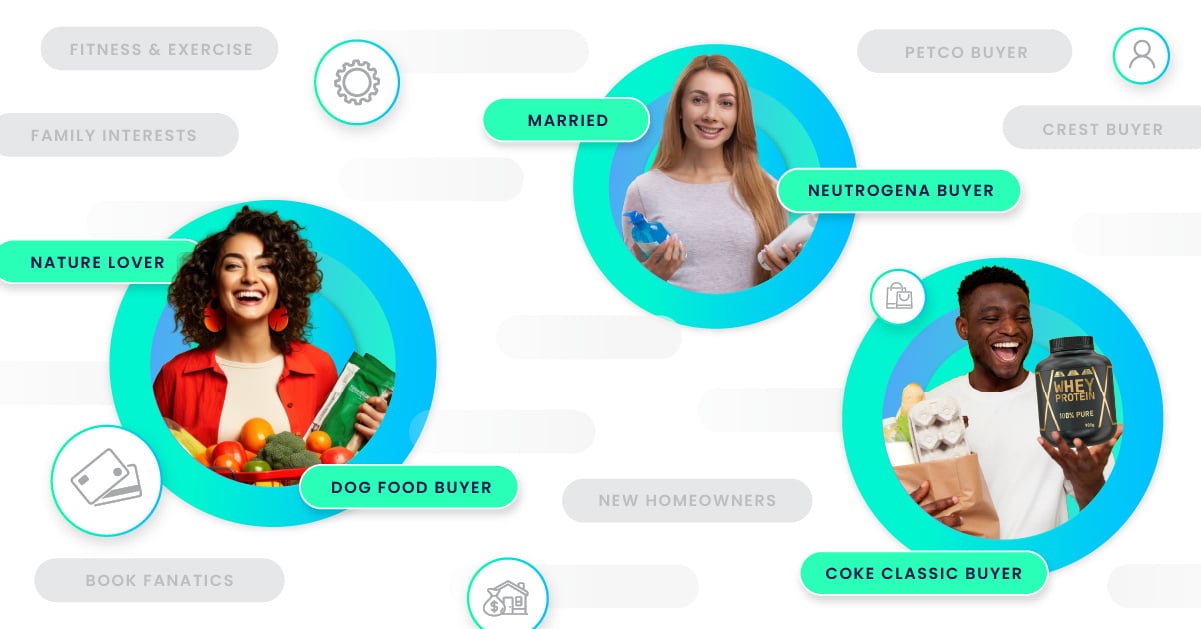













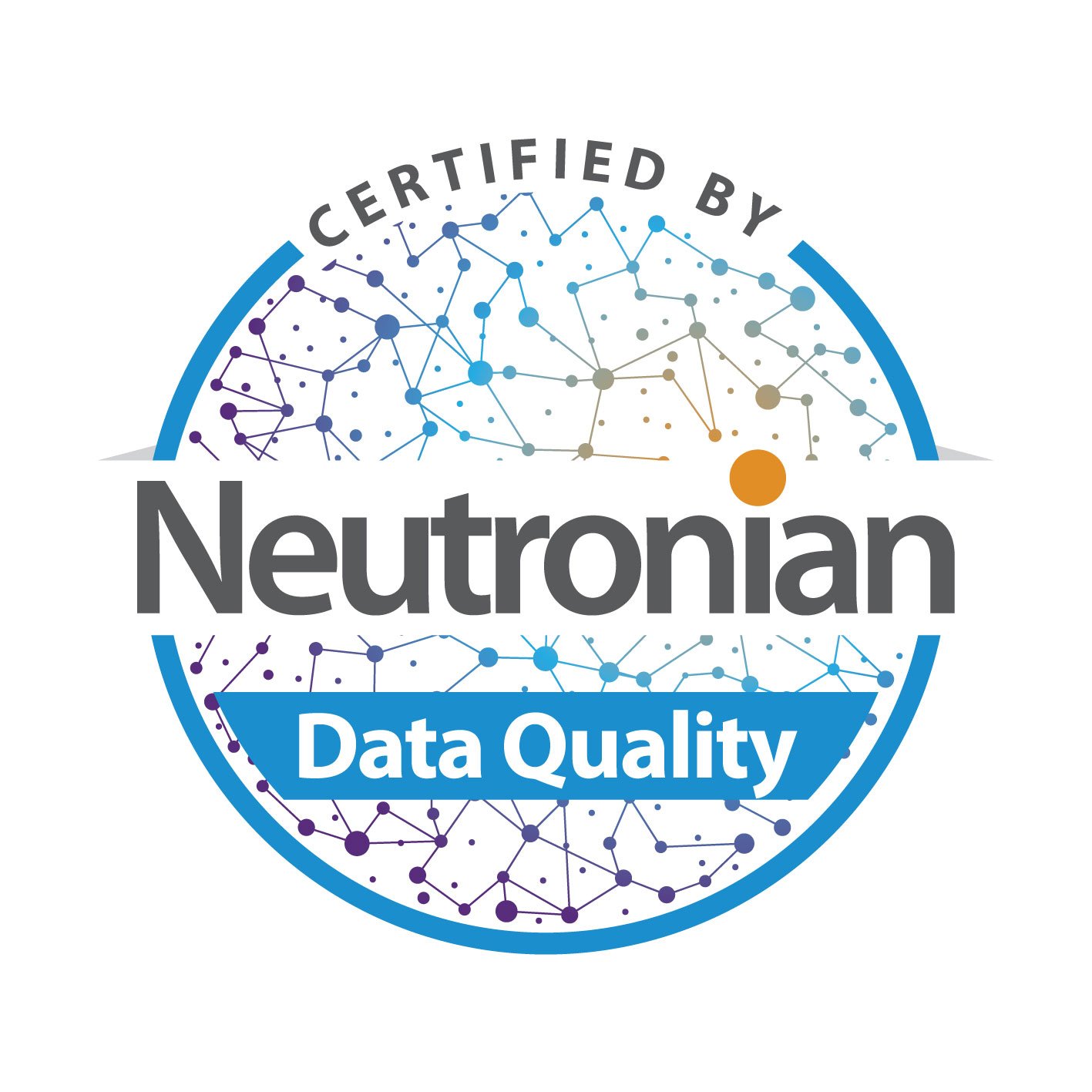
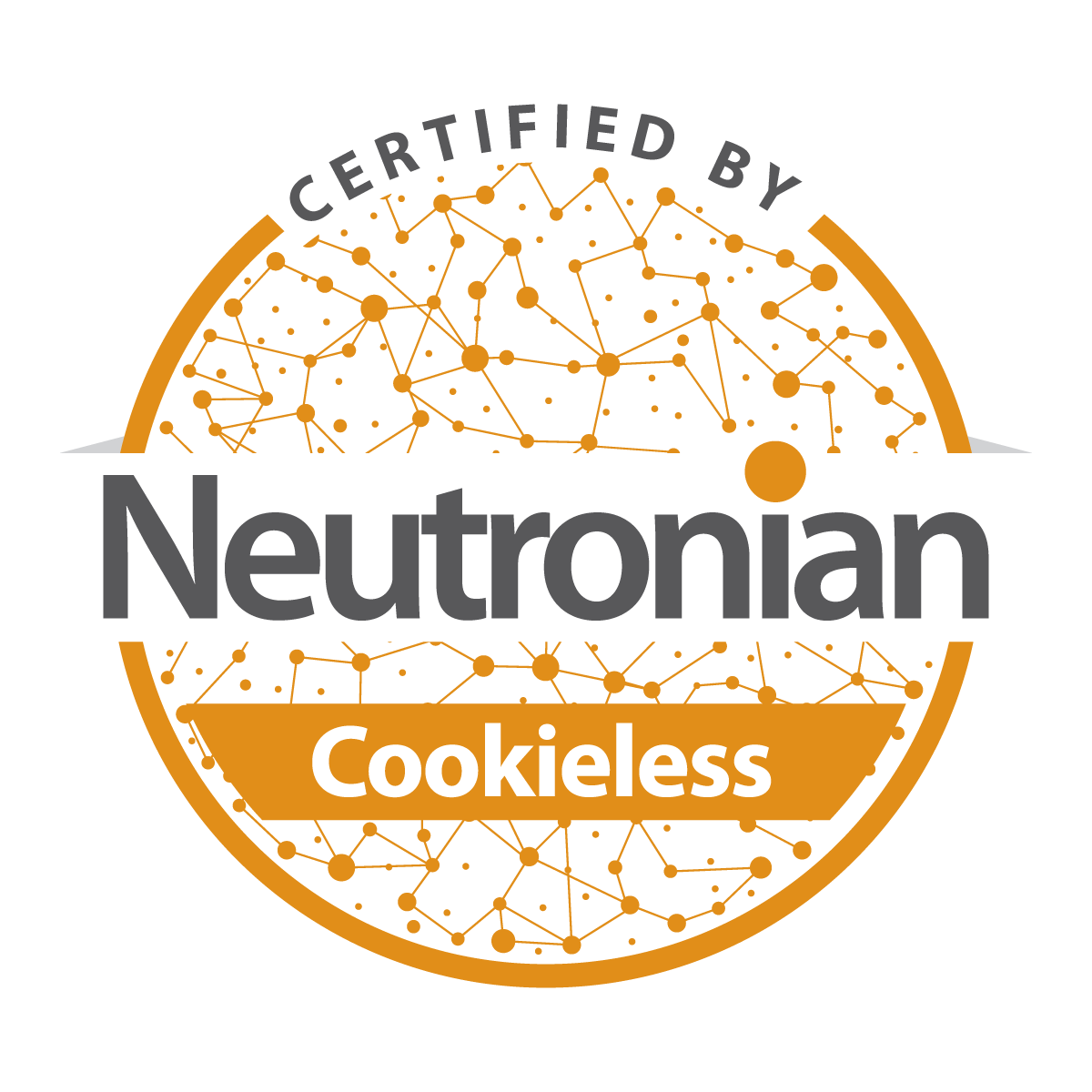
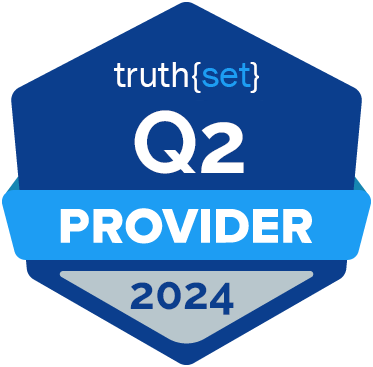
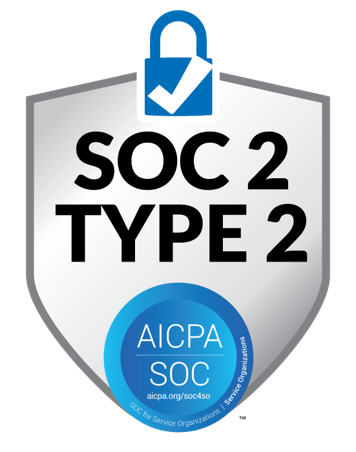







Submit a Comment